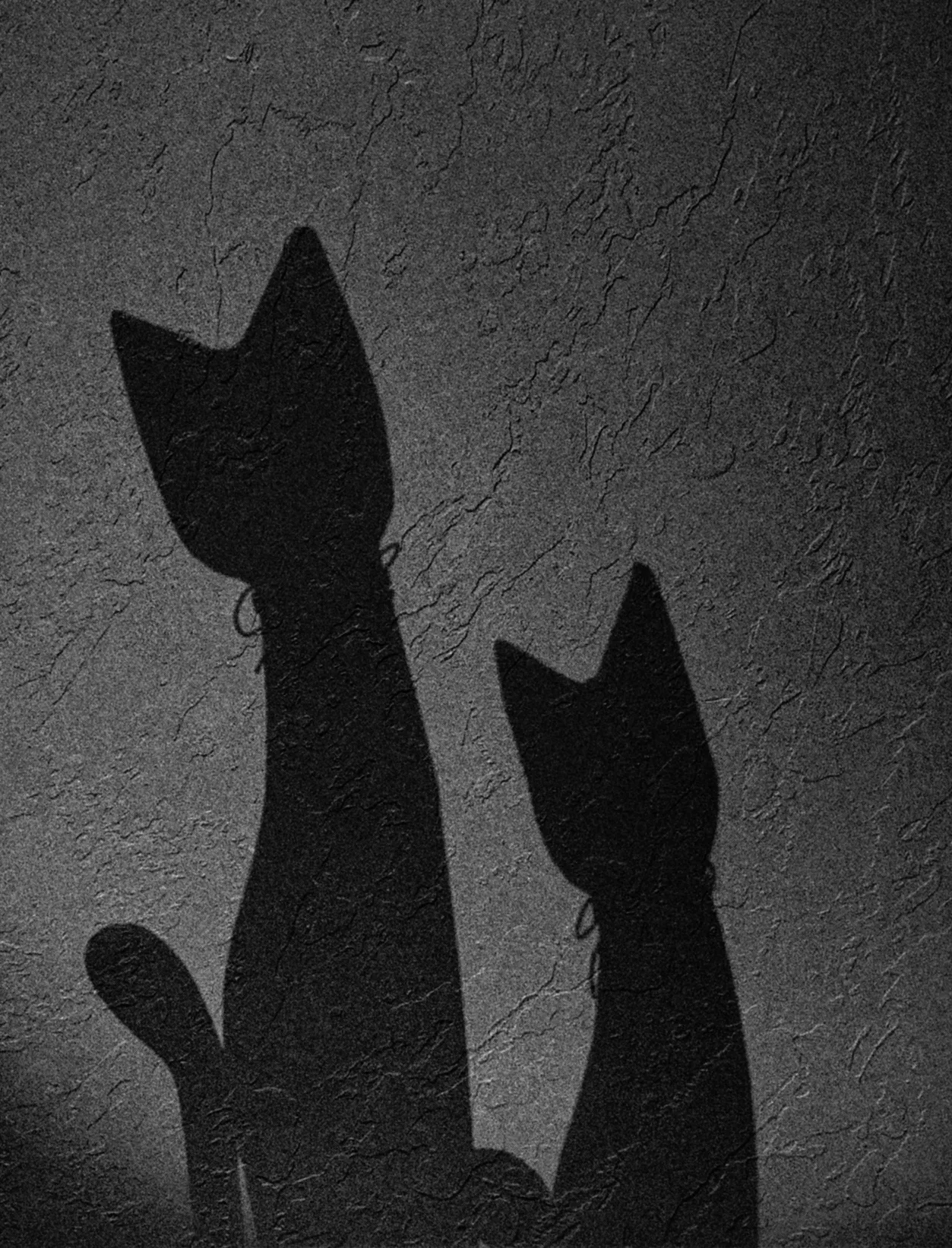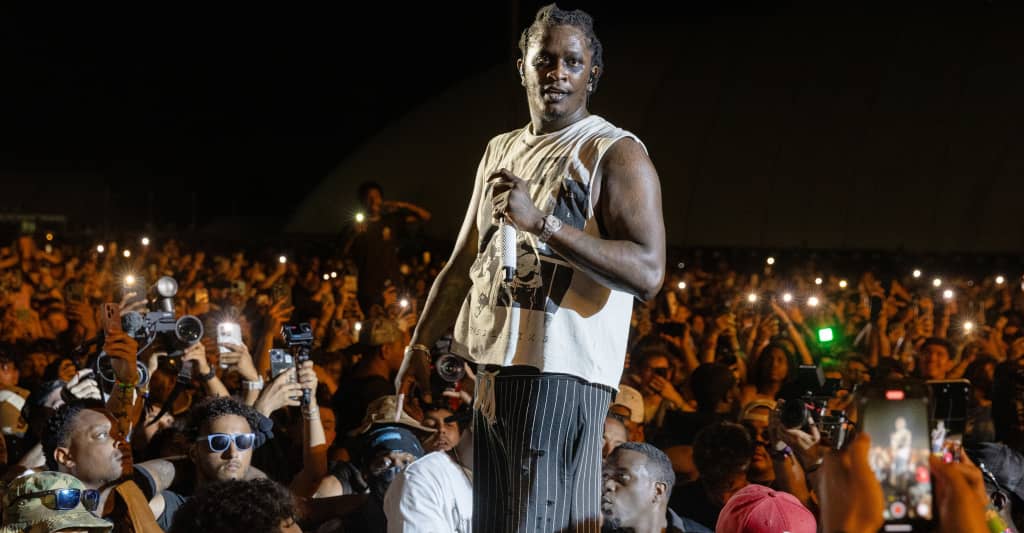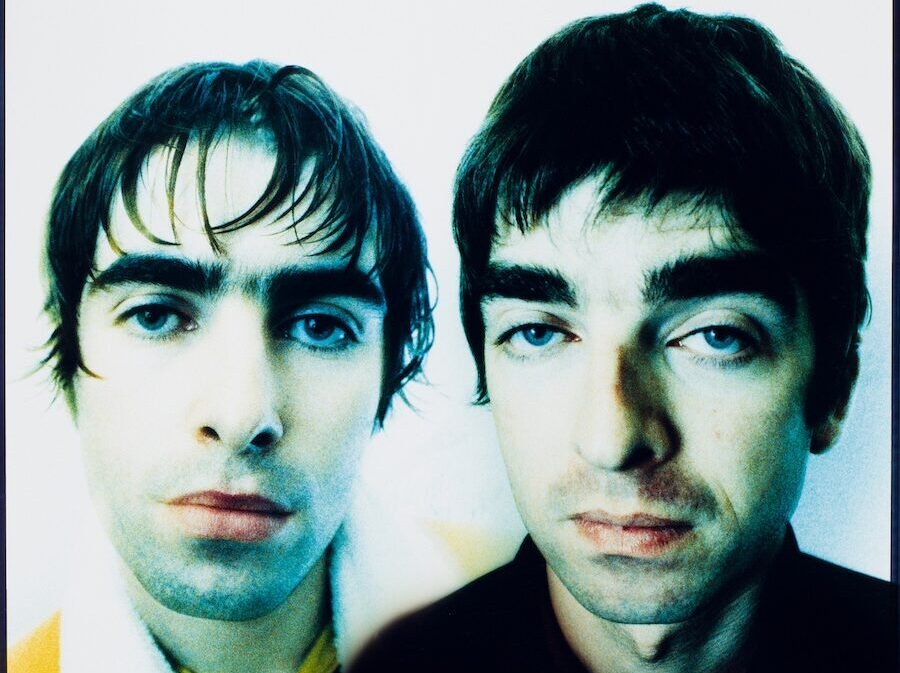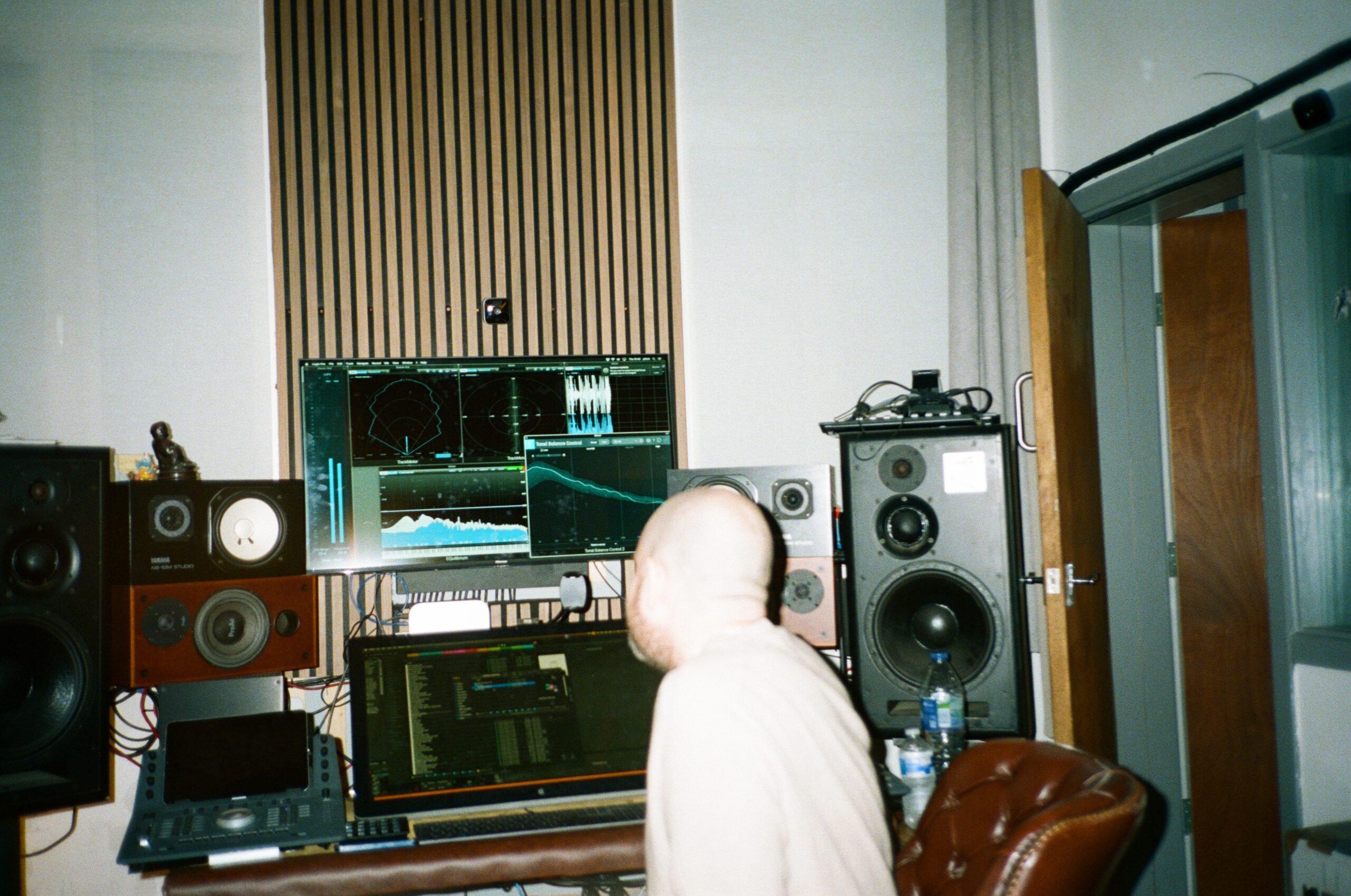F1 Review: A Slick, Engaging Big-Budget Commercial
Sports are at their dramatic best when the improbable occurs. So are the movies that portray those implausible stories. From Rudy to Rookie of the Year, America loves a narrative that tracks the rise of the five-foot-nothings and, well, the Chicago Cubs, baseball’s near-eternal underdogs. Joseph Kosinski applies that tried-and-true blueprint to F1 (also marketed […] The post F1 Review: A Slick, Engaging Big-Budget Commercial first appeared on The Film Stage.


Sports are at their dramatic best when the improbable occurs. So are the movies that portray those implausible stories. From Rudy to Rookie of the Year, America loves a narrative that tracks the rise of the five-foot-nothings and, well, the Chicago Cubs, baseball’s near-eternal underdogs. Joseph Kosinski applies that tried-and-true blueprint to F1 (also marketed as F1 The Movie, lest any confusion), his follow-up to the theatrical treasury known as Top Gun: Maverick. But the checkered flag for this big-budget, star-driven, premium-format film lies beyond the box office.
Kosinski delivers a solid entry for 2025’s summer session: a slick, glossy blockbuster that’s a feast for the senses and easy on the brain. The inherently visual (and most-engrossing) aspects of Formula 1’s spectacle of speed are thrillingly translated to the big screen with bone-rattling sound design and the director’s now-signature use of cockpit cameras. Like Maverick before it, an important selling point is “yes, that’s really the movie star doing that.” The film’s message is simple––one of integrity and purity of passion over the superficial vices of fame and profit. But it’s the Formula 1 of it all that imbues this good old-fashioned summer programmer with a hefty dose of irony and raises the most questions. Chief among them: can Brad Pitt make more Americans care about Formula 1?
Pitt stars as old dog Sonny Hayes, a former Formula 1 driver who bounces between different racing championships in his quaint camper van. With a name that sounds straight out of the IndyCar record books and a lifestyle somewhere between Hooper and Riggs from Lethal Weapon, Hayes embodies the paradoxical romance of a dedicated journeyman. His lack of ties affords him the single-minded focus to excel at his advanced age, while his nomadic life juxtaposes the melancholy of lonely independence with the elation of his wins. It’s all sold on Pitt’s movie-star quality, which is on full display and employed adeptly as Kosinski has done previously with Tom Cruise.
Enter Ruben (Javier Bardem), his old teammate and current owner of the struggling Apex GP, a back-of-the-grid team with an empty seat to fill alongside narcissistic rookie driver Joshua Pearce (Damson Idris). Sonny’s textbook reluctance gives way to textbook acceptance of Ruben’s offer as the relatively ancient driver (Pitt has 18 years on the Formula 1 grid’s oldest driver, 44 years on its youngest) attempts his comeback to motorsport’s premier racing championship.
For decades, Formula 1 has been desperate to crack the lucrative American market. After a change of ownership in 2017, Formula 1 proved an improbable success story of its own. Since the U.S.-based Liberty Media took over, the sport has enjoyed growing popularity––most importantly in the United States. An early project of the new regime was Netflix’s smash series Formula 1: Drive to Survive. While the U.S. joined the rest of the world in COVID lockdown, many Americans were mesmerized by the fast-paced peril the championship offers, thus minting a new generation of fans. The docu-drama series provided a pretension-free primer on the sport while distilling its drama and exhilaration, showcasing the cinematic qualities inherent to Formula 1 with its sleek cars, high-pressure pit stops, and globe-trotting schedule. The drivers are clad in protective jumpsuits and personalized helmets, jumping into cockpits that accelerate to tremendous speeds while communicating strategy and raw emotion via radio to their team’s control base back at the pits. Kosinski clearly understands it’s Top Gun on a racetrack.
Formula 1 has long provided onboard cameras that offer a driver’s-eye-view of the action. Drive to Survive took this a step further with higher-definition equipment, leading to Kosinski’s panning IMAX technology. The sound employed in those sequences shakes the theater’s seats, providing a near-4DX experience without, say, water spraying in one’s mouth.
The success of Drive to Survive seemed to truly break Formula 1 into the U.S., which now hosts three Grands Prix––currently more than any other country. But how much the sport has truly penetrated the hearts and minds of Americans is a big question.
Like many sports movies before it, F1 uses real tracks, real teams, and real drivers. Filming throughout the 2024 season, Pitt and company were regulars in the paddock. Broadcast and social-media footage revealed the fictional Apex GP team alongside their real-world competitors, such as Pitt using the crowd to perform in a scene right after Carlos Sainz in the Ferrari won the Mexico City GP. But will these international stars of sport and the personalities made relatively famous by Drive to Survive mean anything to American audiences? Will they care that Fernando Alonso and Toto Wolff are onscreen and interacting with Sonny?
F1 splits the difference between catering to those who recognize the abandoned banked curve at Monza and those who don’t know what qualifying is. The fan service is peppered in and used as texture that fills out the background of Formula 1’s world without being heavy-handed. Wisely, Kosinski doesn’t task the paddock’s denizens with much more than a single line or occasional reaction. But, of course, the film indulges in liberties with its portrayal.
Sonny’s arrival doesn’t immediately amount to results; it takes his maverick, out-of-the-box thinking to shake up the struggling team. His tactics to intentionally cause chaos on the circuit and stubbornness to abide by team instruction all have their basis in truth, but are heightened through Hollywood’s lens. One aspect that needs no embellishment is the danger of racing at 200 M.P.H.
It’s revealed that Sonny left Formula 1 after a devastating crash which left him unable to compete at the elite level. The film uses real footage of driver Martin Donnelly’s horrific 1990 accident, which, despite his remarkable recovery, also forced him out of Formula 1. Drivers flirt with death each time they race, challenged to keep the balance of control during their own efforts while trusting that others on the circuit do the same. The curious answer you get from drivers when asked who’s their biggest competition is not the person in first place––it’s the one on the other side of their garage.
The team dynamic––partners who are also competitors––is a unique dichotomy to this sport. It’s historically provided plenty of fireworks in Ayrton Senna & Alain Prost and Sir Lewis Hamilton & Nico Rosberg. Appropriately, Sonny and Joshua’s dynamic presents an explosive combination. As the young driver looks to the future to further his career and renown, the not-doing-it-for-the-money Sonny is there to teach Joshua the importance of teamwork (whether he likes it or not). You don’t drive for the money and the fame; you drive for the love of racing. It’s the simple thesis of the film that is in immediate contradiction with the project itself.
Bridging the production with the sport are noted producers: seven-time world champion and best bud to Anna Wintour, Hamilton, as well as Formula 1 CEO Stefano Domenicali. That collaboration, along with the unprecedented involvement of the entire championship, is at the core of F1––ultimately a high-profile commercial for Formula 1. Take the film’s title. The producers could have gone with “Apex GP” or played on the sport’s popular phrase at the beginning of a grand prix, “lights out and away we go.” But taking a lesson from the wisdom of Spaceballs’ Yogurt, it’s F1 The Movie. Unsurprisingly, the logo for the film is simply the Formula 1 logo. Not only is F1 a branding exercise for the sport itself, but for its sponsors whose partnerships are branding exercises of their own. It makes sense for a sport whose participants are famously covered in their sponsors’ logos. We watch characters quenching their thirst with non-alcoholic Heineken, a sponsor of Formula 1. As for the driver’s road cars: Joshua’s stylish European Mercedes is juxtaposed with Sonny’s bad ass Ford, who will be building engines for the championship in 2026.
Another accurate reflection of the sport, albeit unfortunate, is a half-hearted approach to women. Early on, the film introduces Jodie (Callie Cooke), a female mechanic who beats herself up after a mistake in a pitstop. During a single interaction with Sonny, she brushes off his help as a way of showing empowerment and ownership of her struggle. It’s a storyline the film couldn’t be less interested in; her arc is completed in a single moment of her eventually nailing a pitstop. The same can be said for Apex GP’s technical director Kate McKenna (Kerry Condon). While it’s unusual to have a female in that position, Kate’s work is largely offscreen. Sonny demands a car built for combat in the curves and she just does it, no process or use of her implied wits shown. This lack of interest is indicative of a sport that knows it needs to show some effort to address gender imbalance but with results that feel like it’s all just to check a box.
The film arrives at a time when it seems Formula 1 needs another shot in the arm, as the Drive to Survive momentum appears to have plateaued. Based on Netflix’s limited engagement metrics, viewership of the series has declined since 2022 (the year Netflix first introduced its proprietary benchmarks). Anecdotally, as a fan of the sport, I have interacted with fewer and fewer people interested in Formula 1 since its rise in the pandemic, and many of those fans appear to have lost interest. Despite its flaws and shameless self-promotion, F1 provides the kind of smooth-brain, star-driven thrills that audiences expect for tentpole summer fare. And if they do come, will they stick around for the Abu Dhabi Grand Prix?
F1 opens in theaters on Friday, June 27.
The post F1 Review: A Slick, Engaging Big-Budget Commercial first appeared on The Film Stage.





![A Drifter Is Haunted by Her Former Cult Leader in ‘So Fades the Light’ Clip [Exclusive]](https://bloody-disgusting.com/wp-content/uploads/2025/05/sofadesthelight-clip.jpg)
![‘Jurassic Reborn’ Trailer – The Asylum’s Dinosaur Mockbuster Releases Tomorrow [Exclusive]](https://bloody-disgusting.com/wp-content/uploads/2025/06/jurassicreborn-still.jpg)
![Exploring the Controversial Legacy of Meir Zarchi’s ‘I Spit on Your Grave’ [The Lady Killers Podcast]](https://bloody-disgusting.com/wp-content/uploads/2025/06/Screenshot-2025-06-22-at-12.44.58-PM.png)
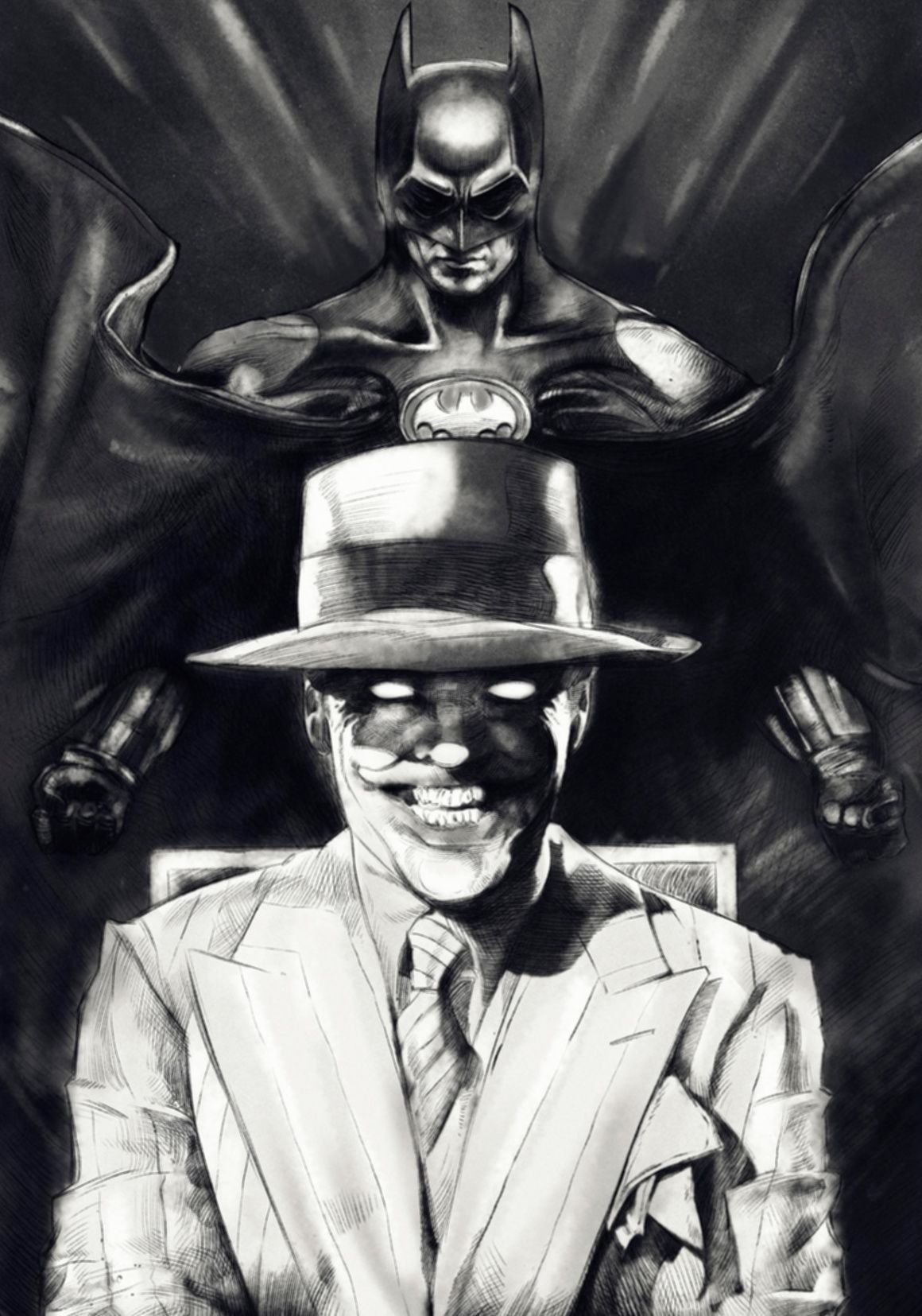




















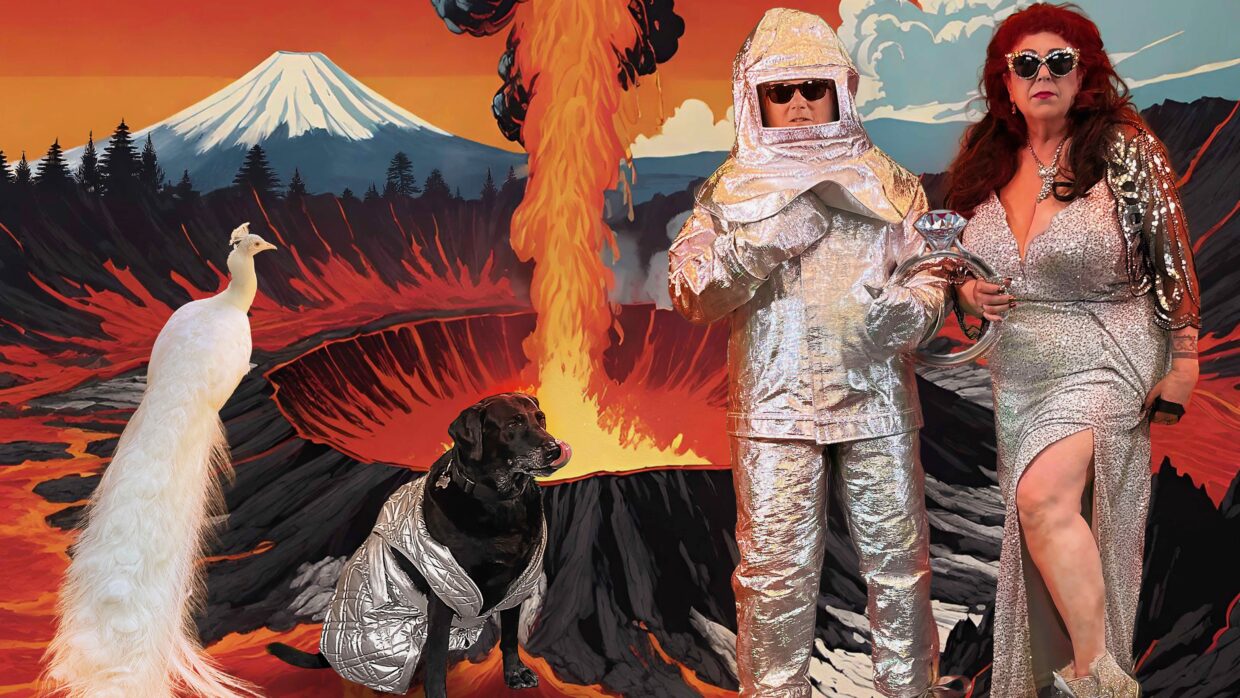

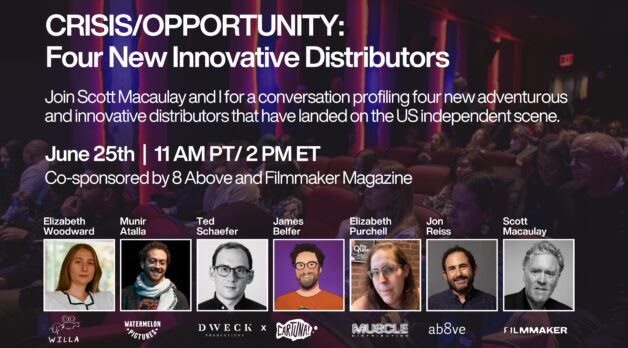

























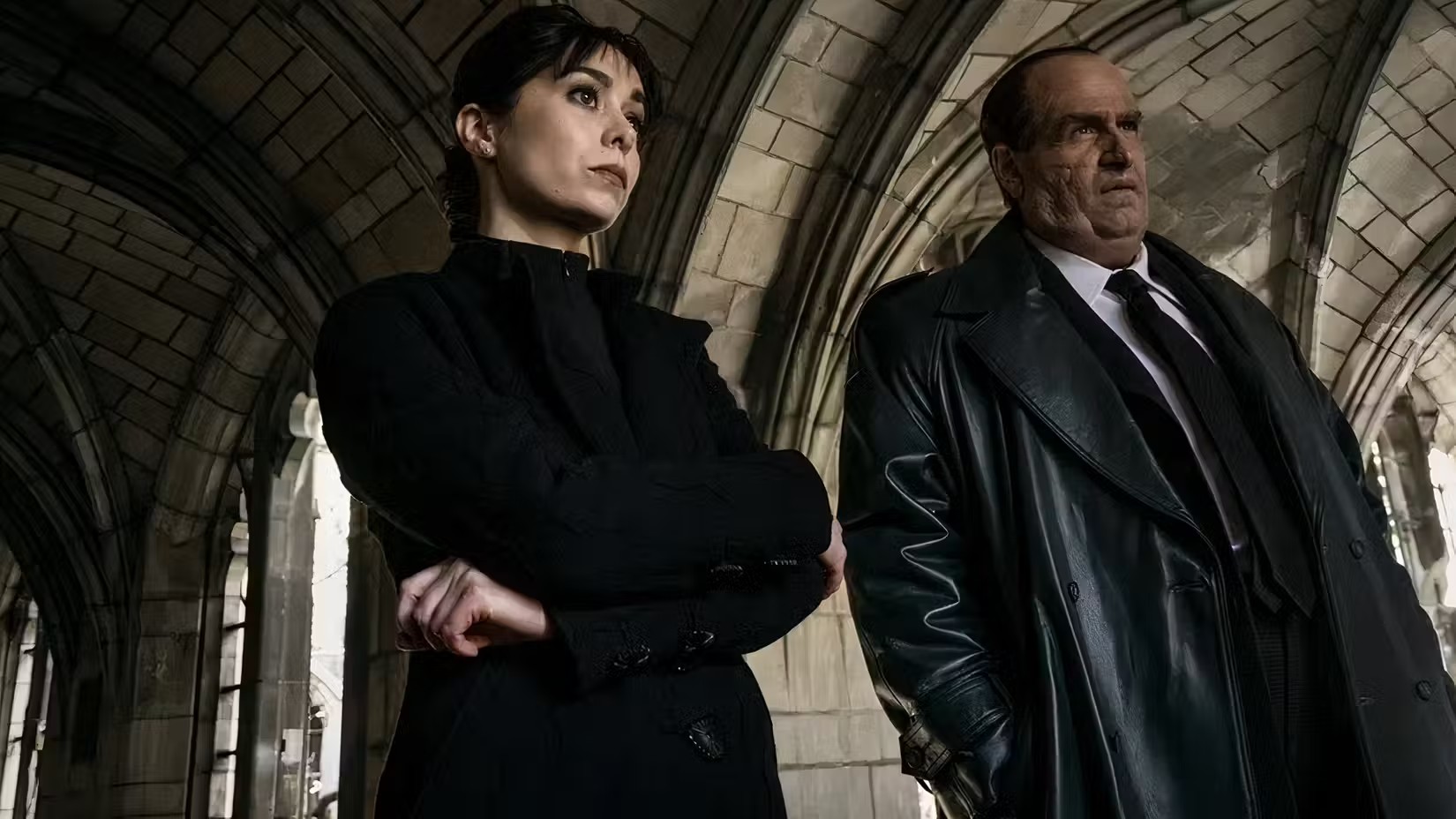
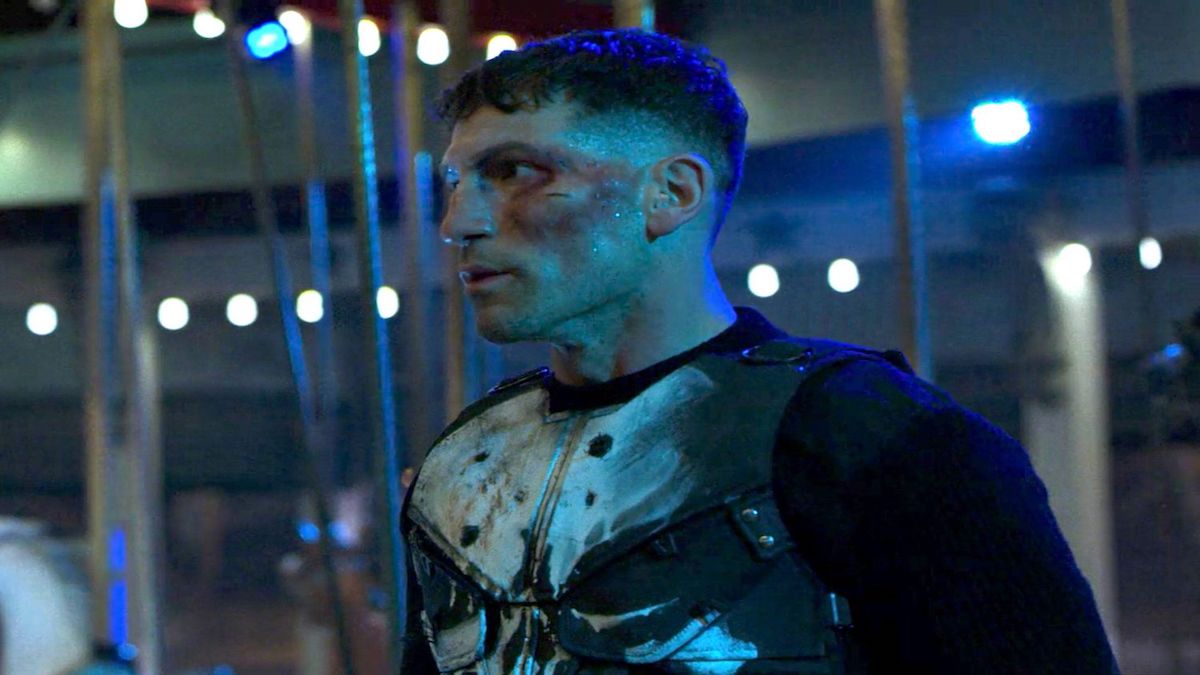













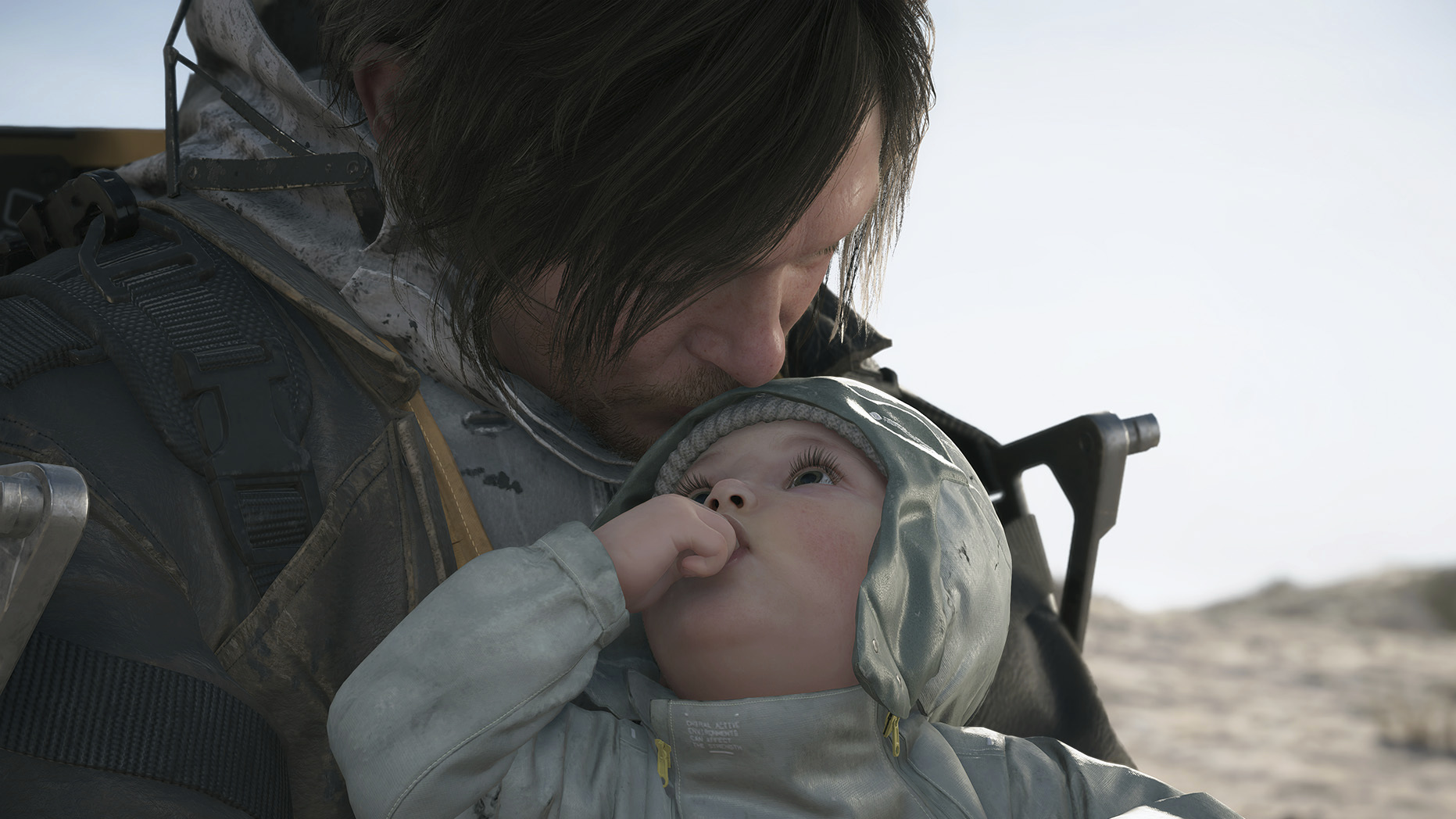


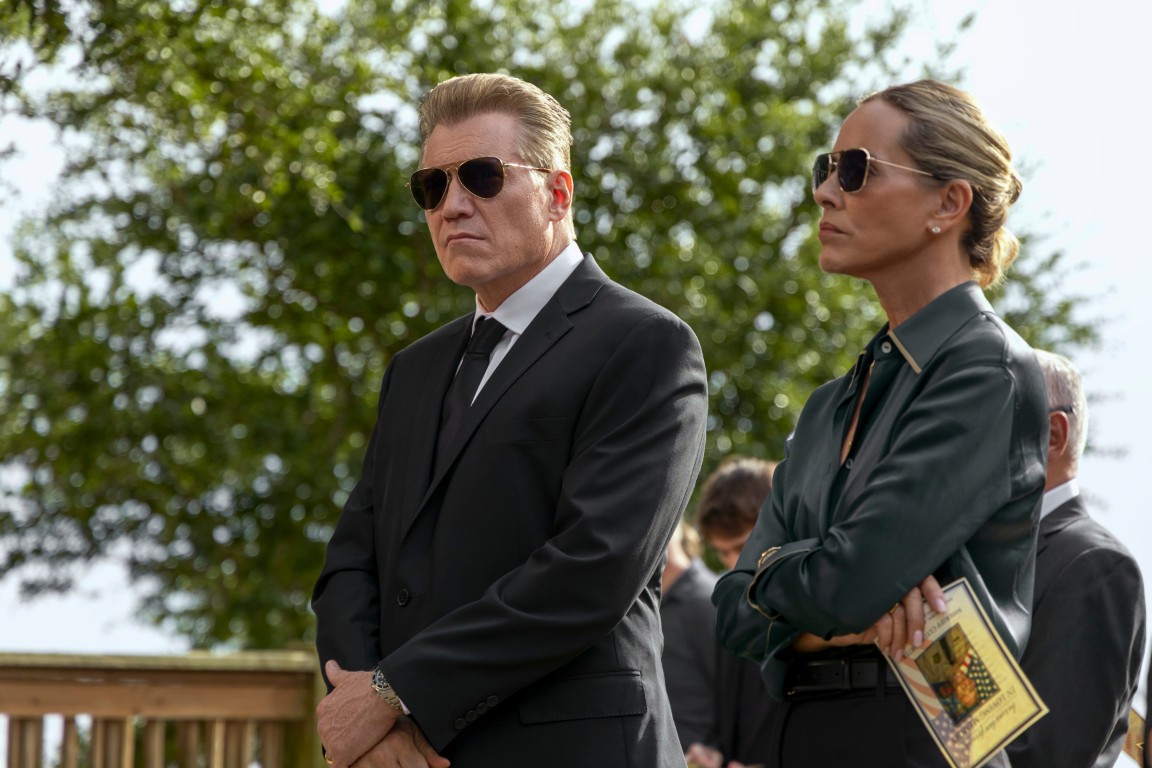








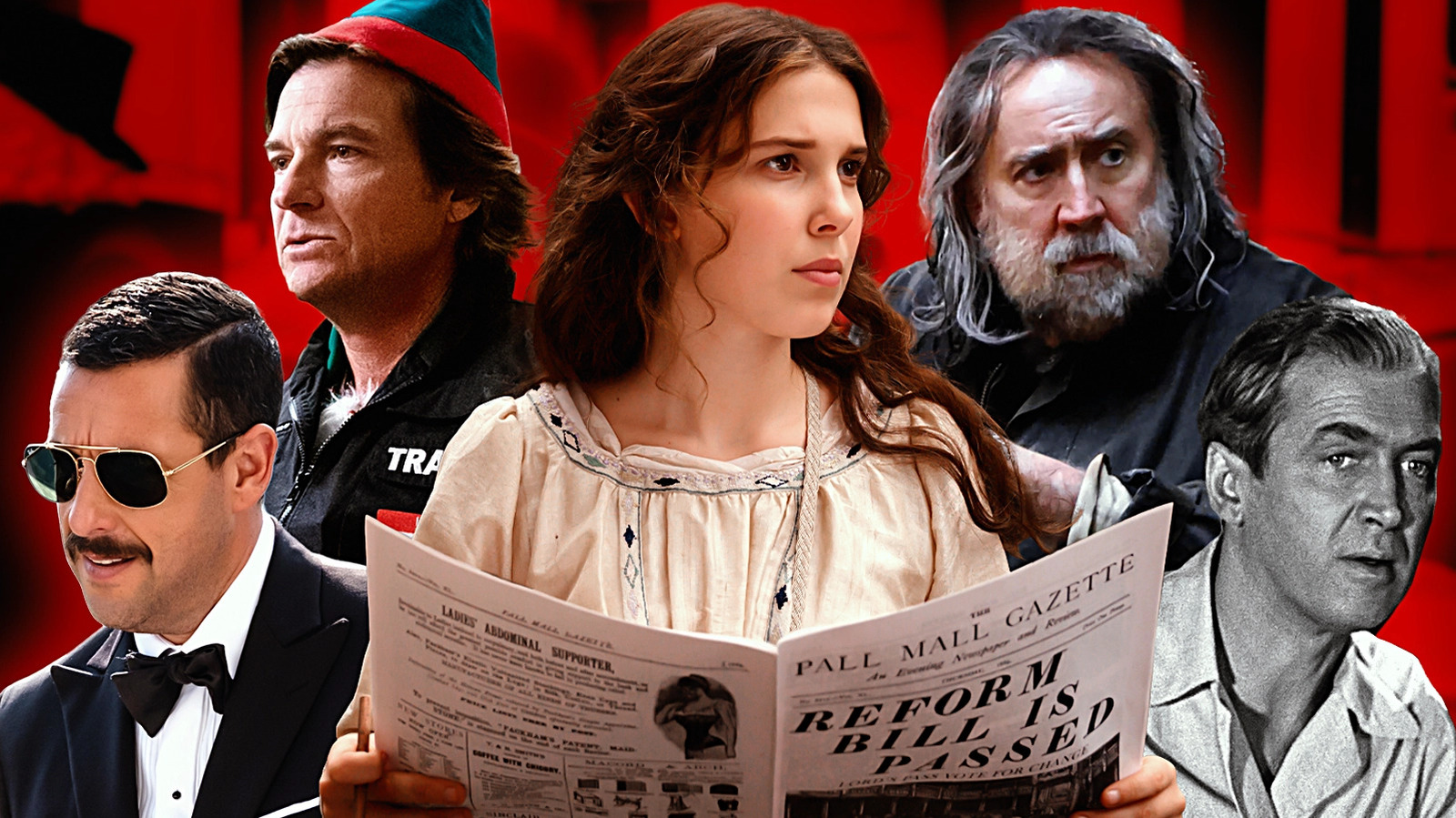


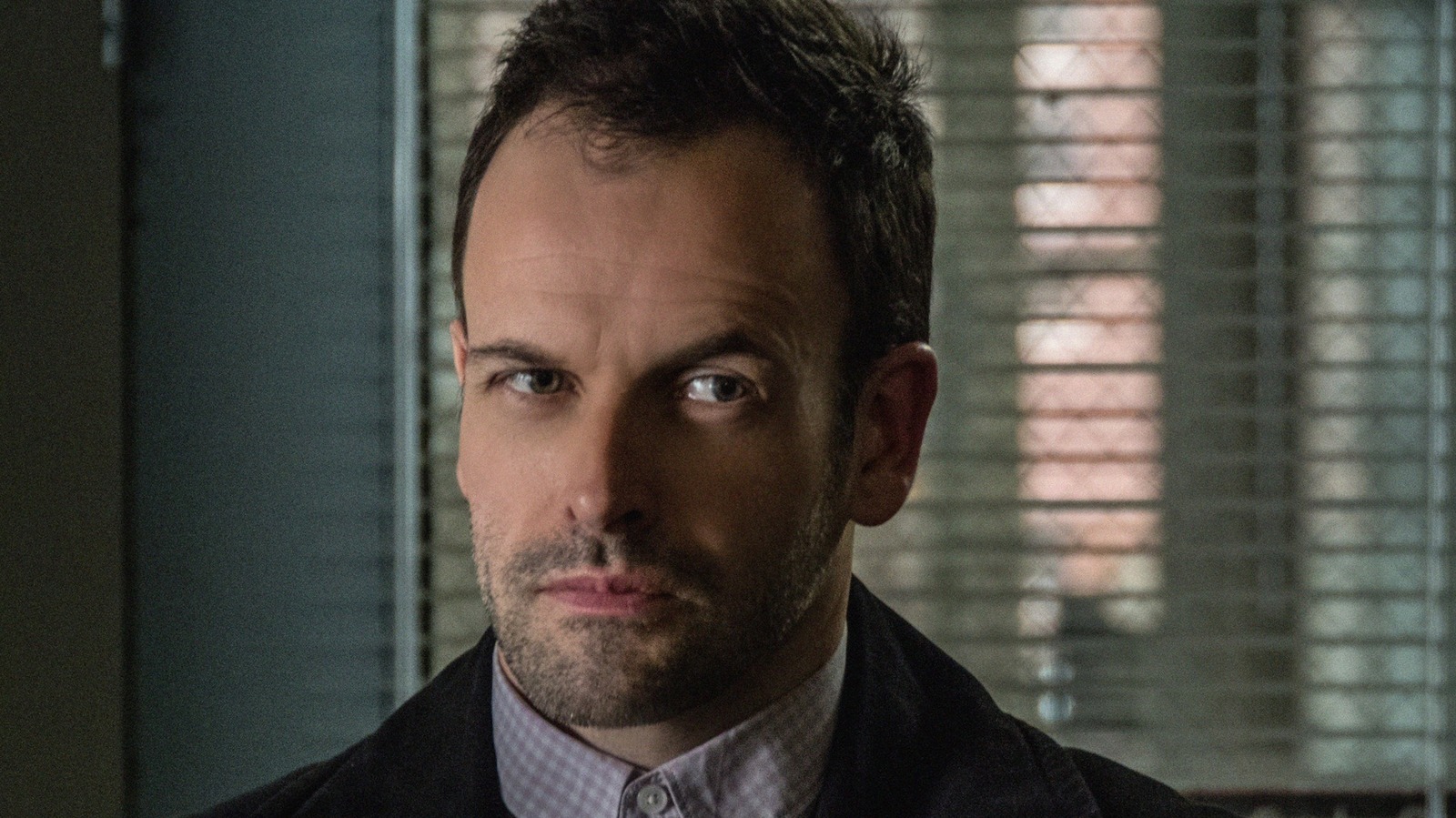









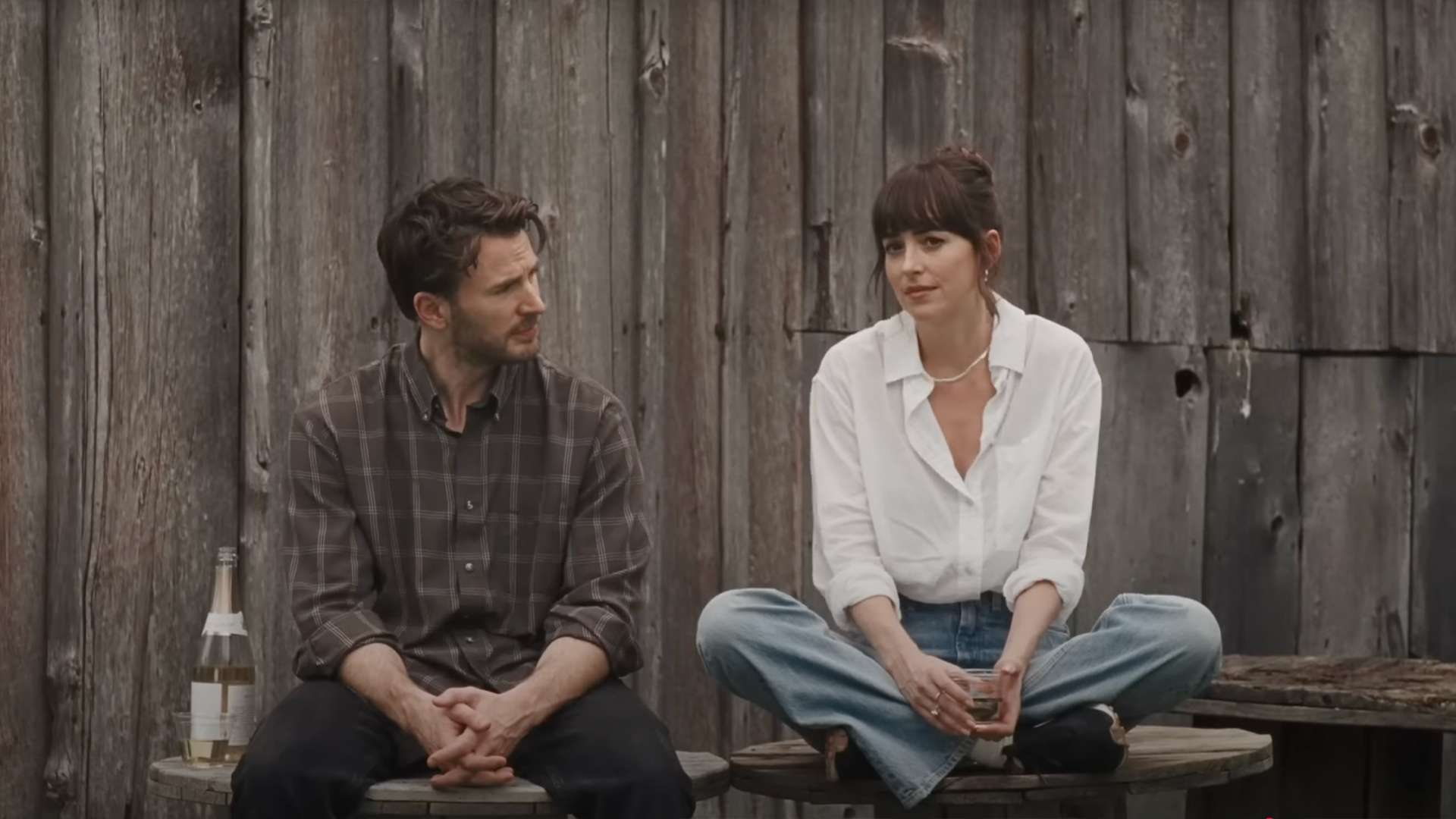





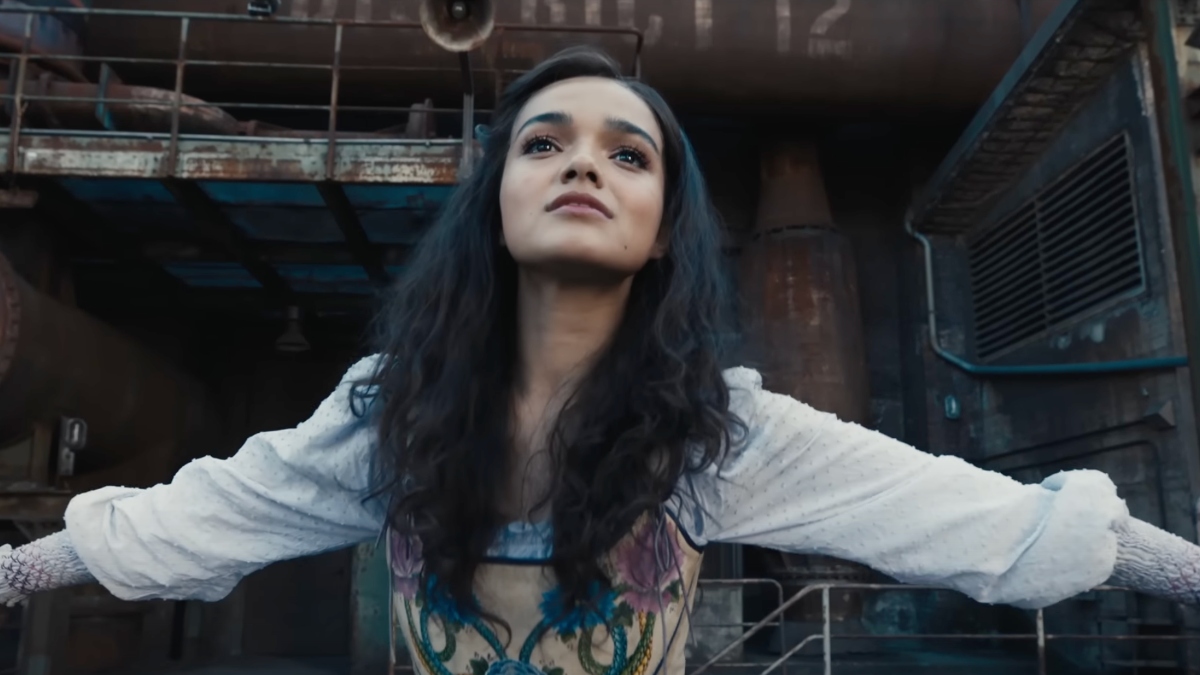

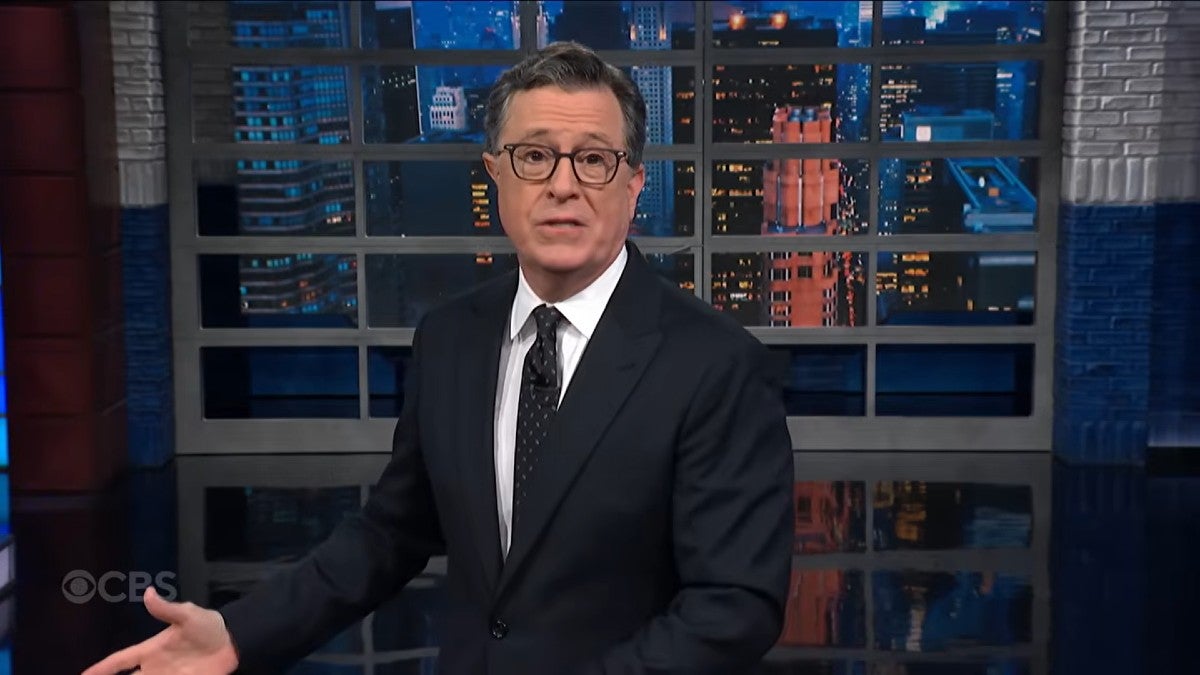
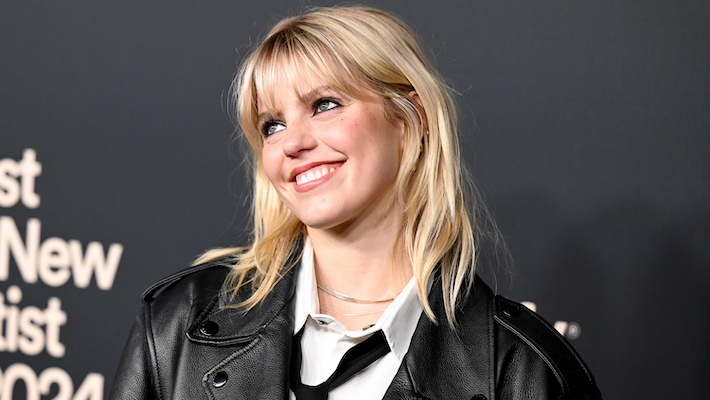


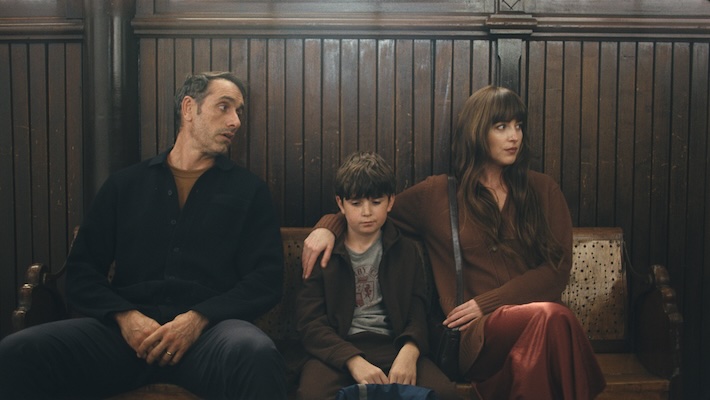
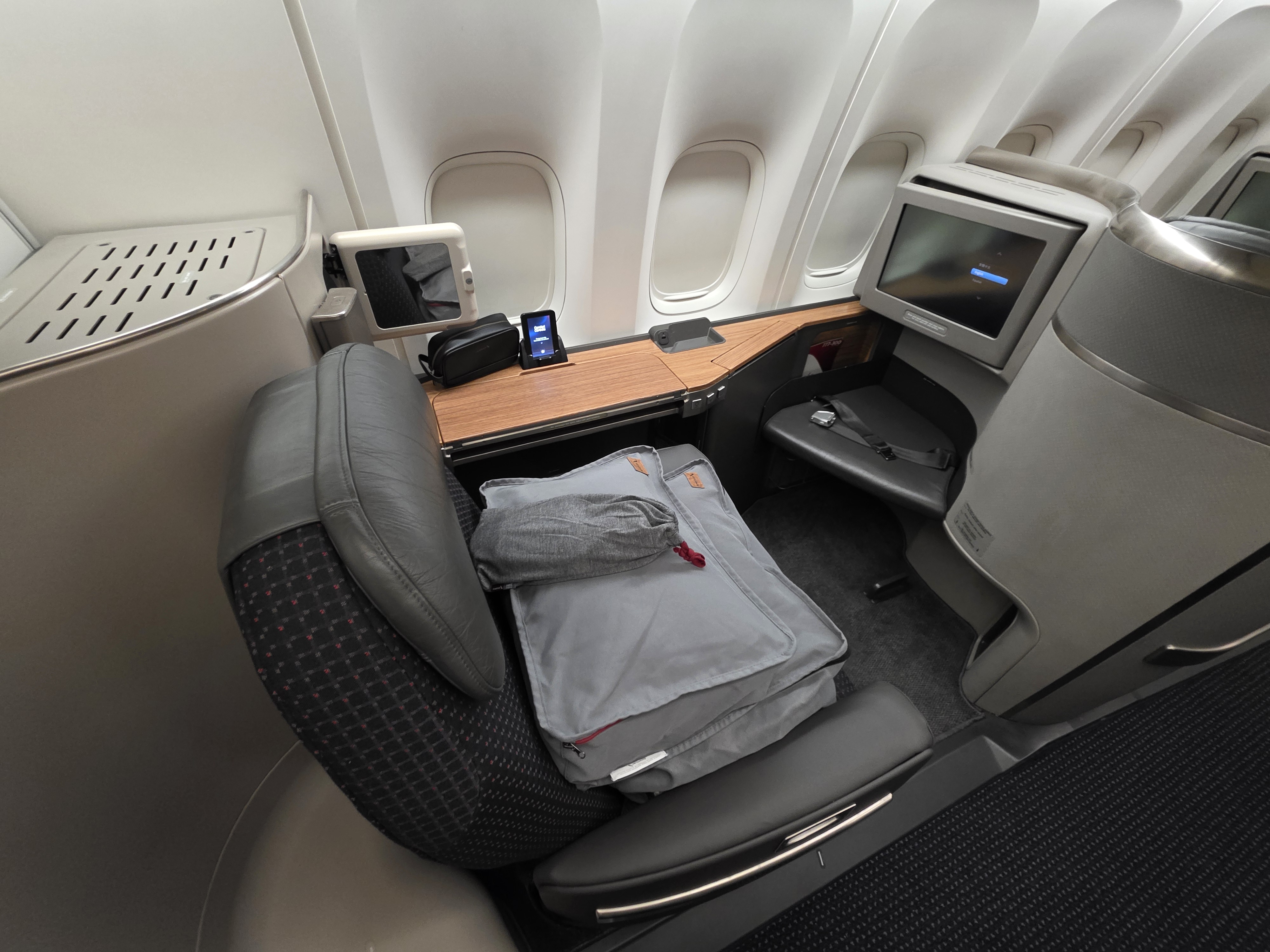


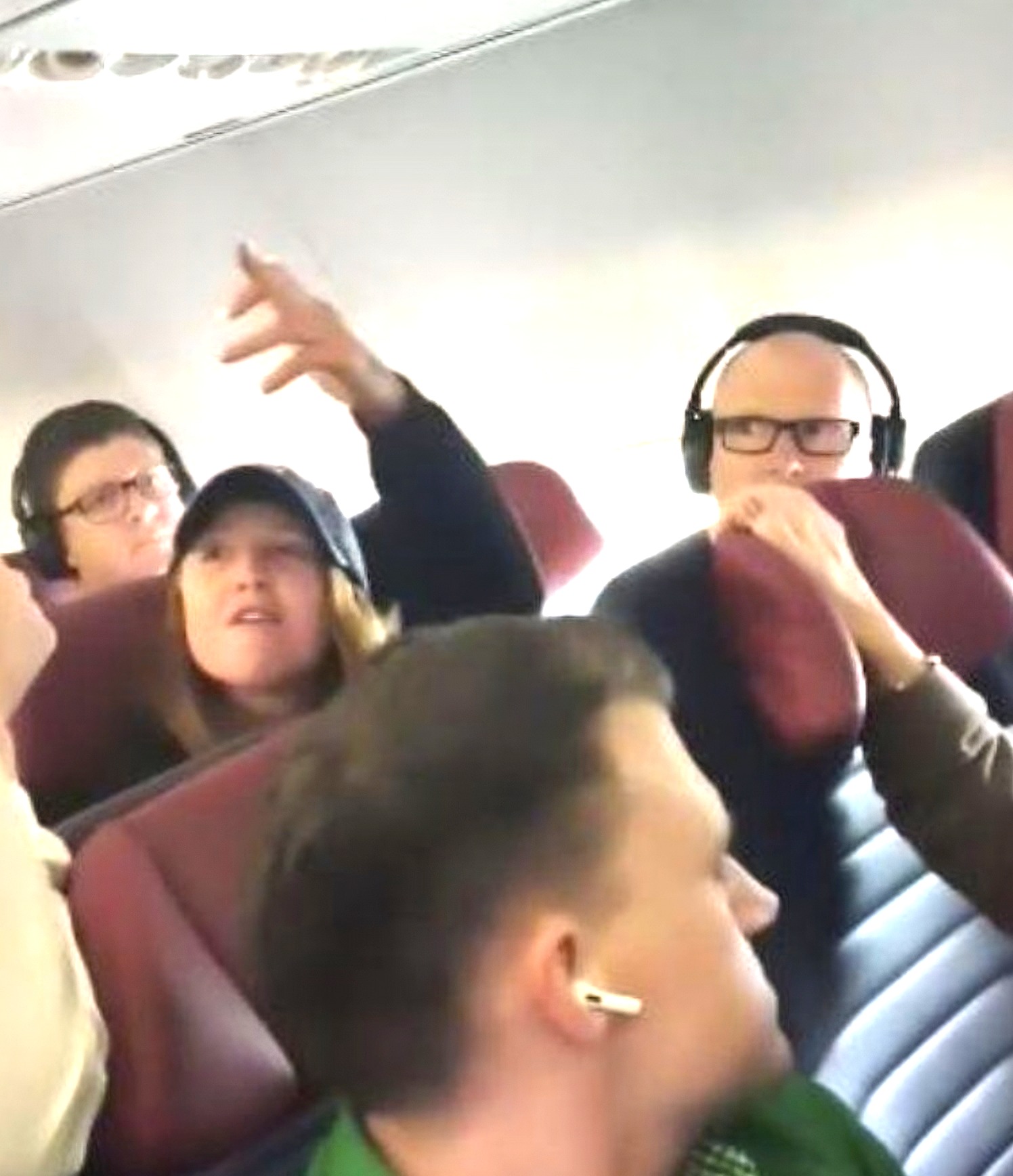




















![[Back] Earn up to a $600-675 bonus with a new SoFi checking/savings account](https://frequentmiler.com/wp-content/uploads/2025/05/SoFi-Checking-Featured-Image.jpg?#)
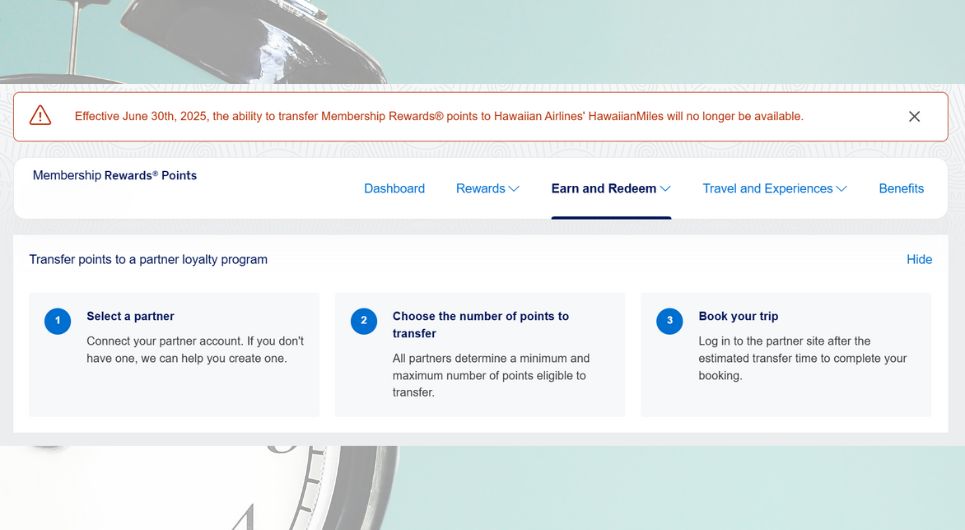








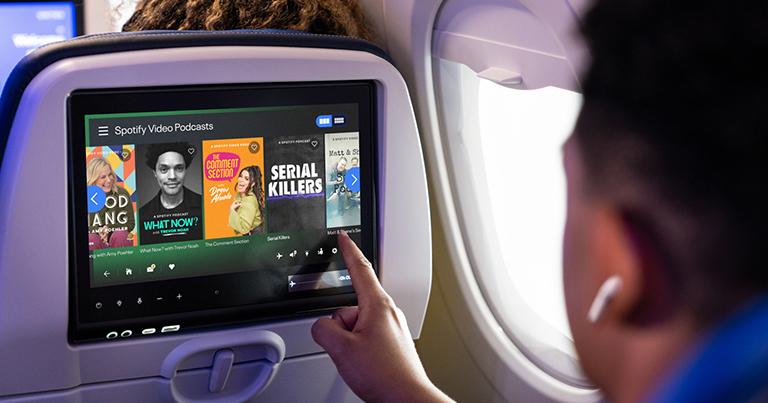

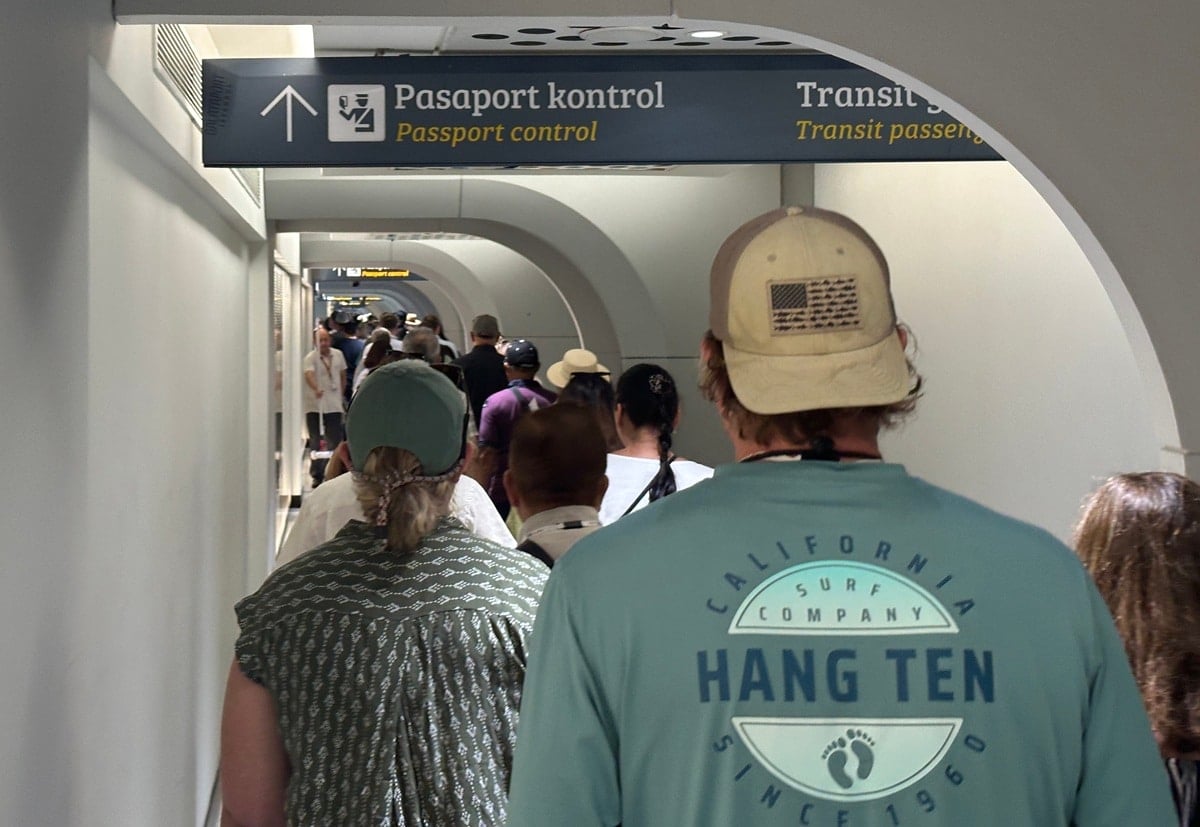













































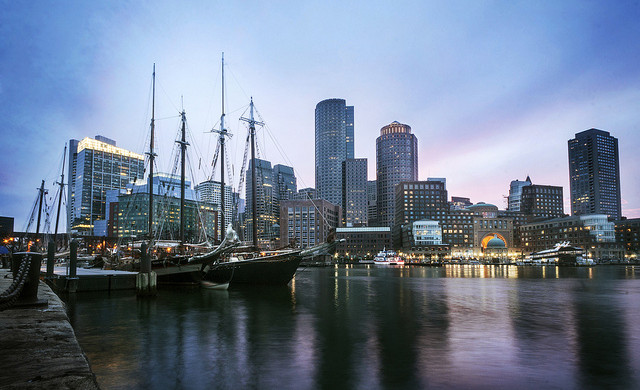
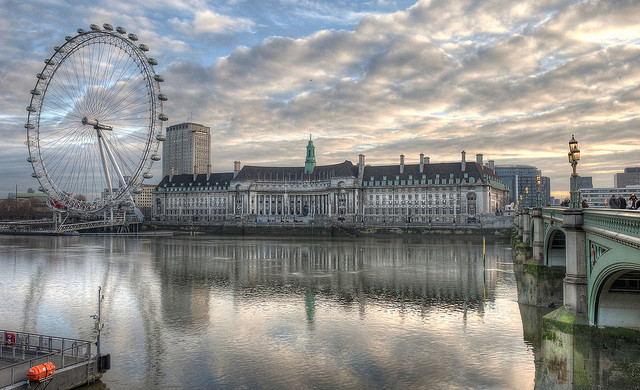



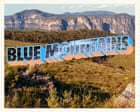






















































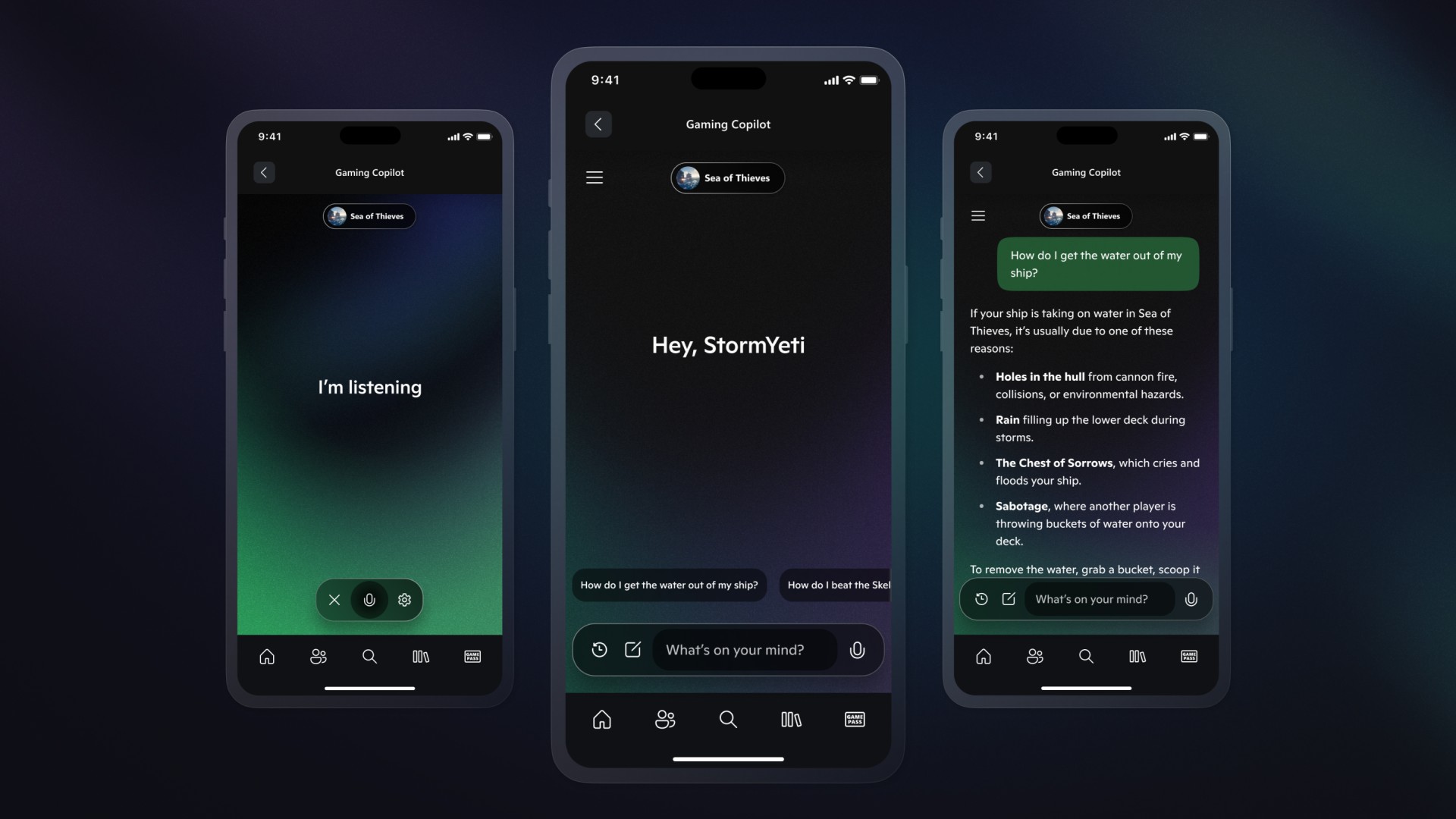

















































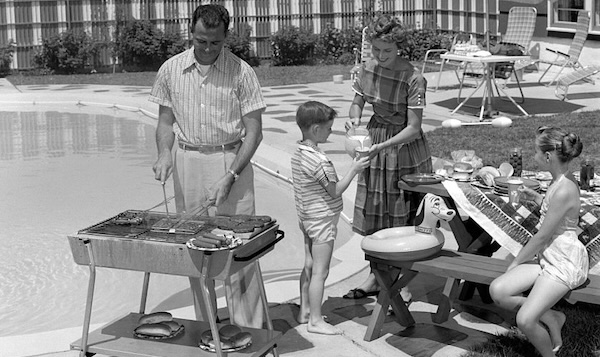







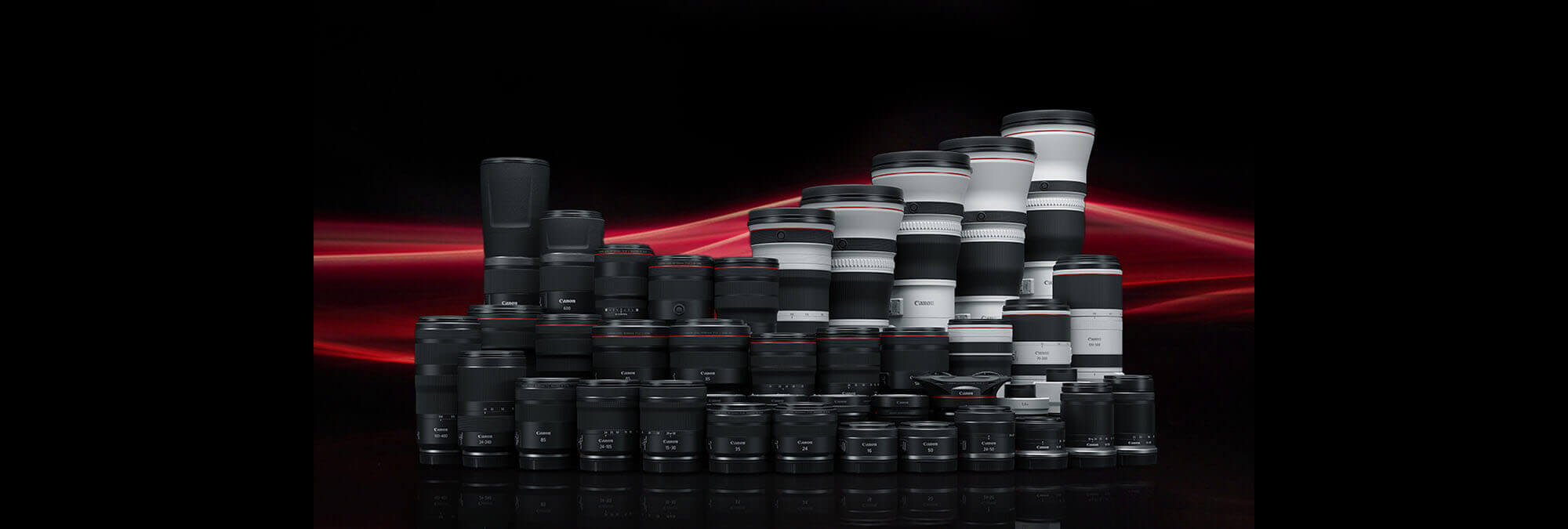

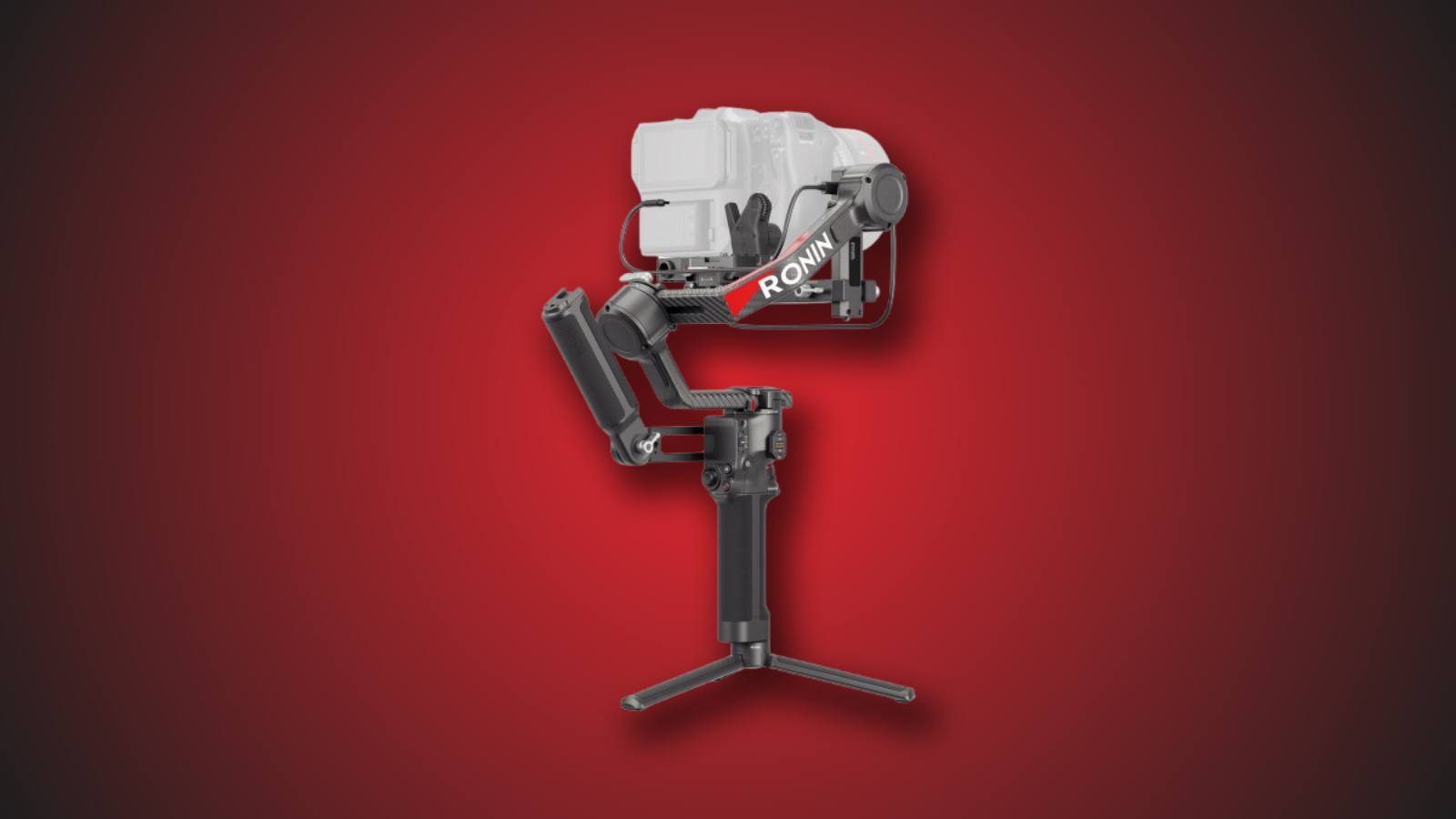





























































![[Podcast] Problem Framing: Rewire How You Think, Create, and Lead with Rory Sutherland](https://justcreative.com/wp-content/uploads/2025/06/rort-sutherland-35.png)






